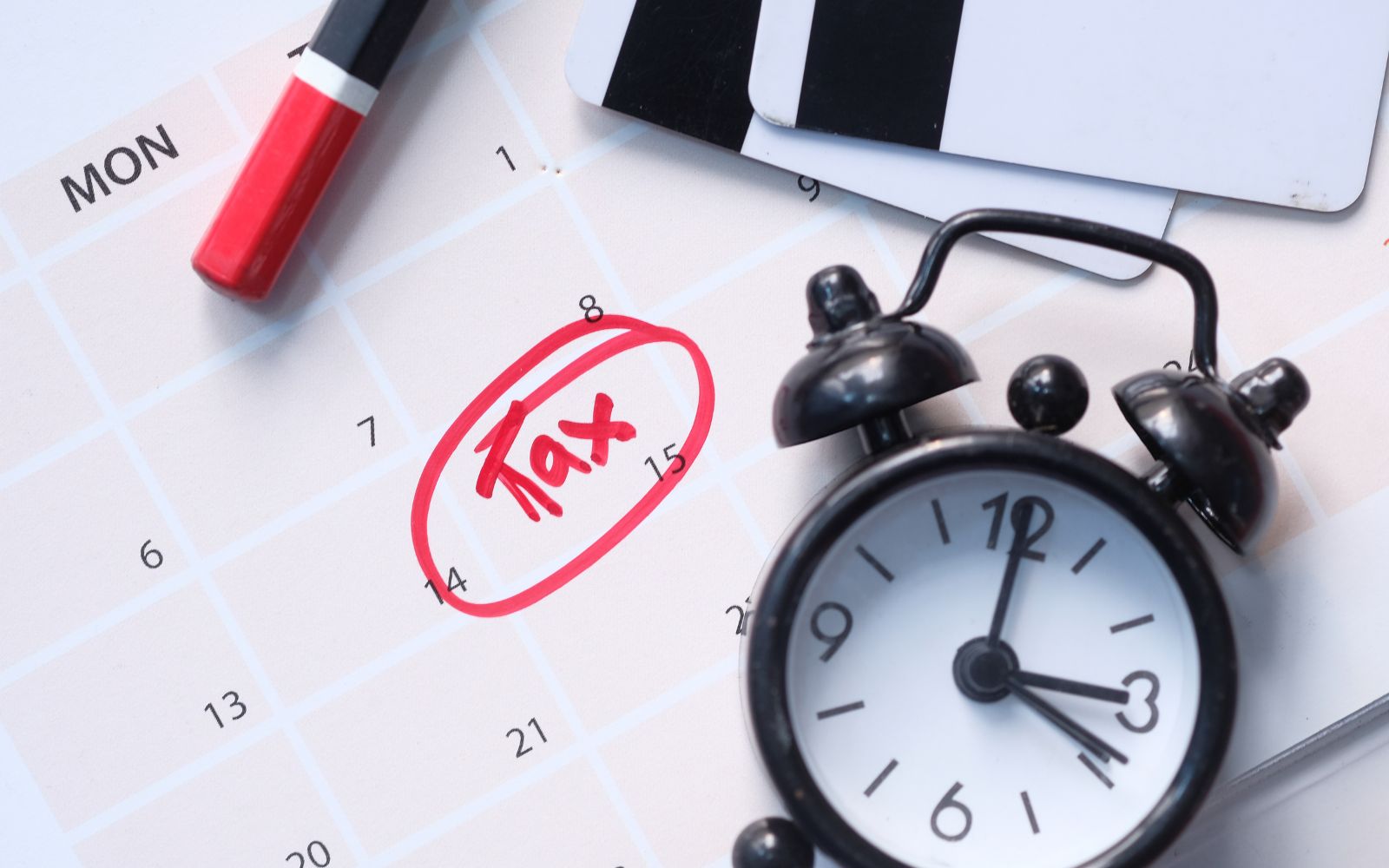Paying mileage allowances at the approved rate

When employees use their vehicles for business purposes, employers are able to cover travel-related costs by paying a mileage allowance. If the allowance doesn’t exceed that payable at the approved rate, payment of the allowance is tax-free.
Approved allowances are a quick win or would be if not for rising fuel prices. The approved mileage rates haven’t increased since 2012, however, the fuel prices have increased significantly. That poses a question: Should you still pay mileage allowances at the approved rates?
How does the approved mileage allowance system work?
Under the approved mileage allowance payments system (AMAPs), employers are able to pay mileage allowances to employees tax-free as long as the amount paid does not exceed the ‘approved amount’. If an employer exceeds the approved amount, the excess is taxable. If instead, the amount paid is less than the approved amount, the employee can claim tax relief for the shortfall.
The approved amount is calculated by multiplying the number of business miles in the tax year by the approved rate. For cars and vans, the rate is set at 45p per mile for the first 10,000 business miles in the tax year and at 25p per mile for any subsequent business miles. For motorbikes, the rate is 24p per mile.
Current climate & other payment options
The approved mileage rates have not increased since April 2012. Back then the petrol was around £1.42 per litre. In June 2022, the litre was around £1.85 and continued to rise, which amounts to more than a 30% increase.
The idea behind approved rates is that they are supposed to cover all costs when using a personal car for business (including running costs, insurance and depreciation). In a climate of overall rising costs, it is now very doubtful whether this system works or not.
There are a few other options. Employers can instead make payments based on the actual costs tax-free. However, record keeping is likely to become too extensive. Alternatively, employers can agree to higher bespoke rates based on actual costs with HMRC directly. Yet again, the level of work involved is unlikely to make this a common choice.
Employers may wish to make a more accurate reimbursement of employee costs and pay above the approved mileage rates, but this will trigger a tax liability for employers. If the amount also exceeds the approved amount for National Insurance, Class 1 National Insurance contributions are payable by both, the employer and employee, and must be processed through the payroll.
Employees can claim a deduction for any difference between the amount paid and the actual costs incurred. Unfortunately, it is difficult and time-consuming to track.
For more information about mileage allowance, please visit the official government website.
The information available on this page is of a general nature and is not intended to provide specific advice to any individuals or entities. We work hard to ensure this information is accurate at the time of publishing, although there is no guarantee that such information is accurate at the time you read this. We recommend individuals and companies seek professional advice on their circumstances and matters.




